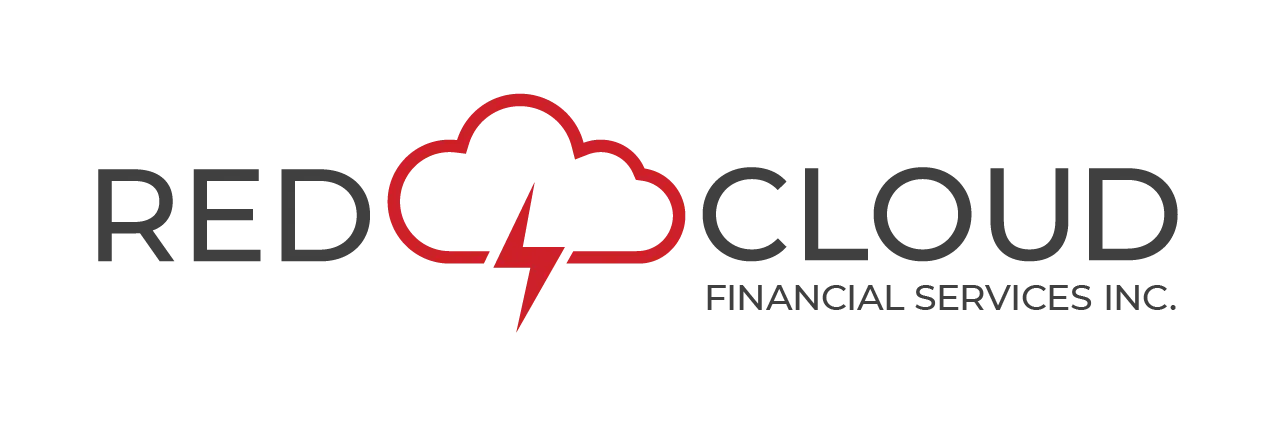Source: Nasdaq
By: Rhona O’Connell
Date: Sept 7, 2022
By Rhona O’Connell, Head of Market Analysis, EMEA & Asia, StoneX Financial Ltd | Sept. 7, 2022
- Spot gold and silver volumes up, everything else down bar palladium options
- Central bankers increasingly hawkish – bond markets dislocated
- Gold hedging is a lot lower
- The biggest individual volume gain was in spot silver
Welcome to our round-up of precious metals activity in August 2022, and a look at the context helping to influence market volumes – and vice versa. When compared with the average for the previous twelve months, volumes were down everywhere except for spot gold and silver and palladium options, albeit the latter was from a low base.
Low price levels across the board during August meant that forward selling activity was generally down – with the time of year, of course, contributing to this – although gold and silver forward contractions were less marked than those in the platinum and palladium markets.
Gold and silver prices flattered to deceive at the start of August but ran out of steam as the markets turned yet again to the prospects for the interest rate cycle, and both lost ground over the month as a whole. One of the keys here may well be that both the fed funds rates and the EU interest rate swaps, while bullish over rates, may still be too benign as against what these two central banks may yet do. Because of this, even though the markets have been Fed-watching in particular for at least two years, this disconnect means that we could be in for yet more volatility, especially after the end of the FOMC meeting (21st September), which will include the latest dot plot from the FOMC members.
In March, the LBMA suspended Good Delivery listing for gold and silver from six Russian refineries. The LPPM then announced on 8th April that certain Russian brands would be suspended. In 2021 Russian palladium production accounted for roughly 38% of the world total, and for platinum, roughly 10%. The impact on the platinum and palladium market of the suspension of the Russian brands was palpable in May, with volumes very substantially down in all segments when compared with the previous twelve months. After an uplift in June, palladium suffered in July, with volumes down both against the average of the previous twelve months and on a year-on-year basis.
This persisted into August; platinum’s year-on-year volumes were actually up against August of last year but were lower against the previous twelve months, while palladium volumes were down both on a Y/Y basis and against the previous twelve months.
Daily average trading volumes in July, compared with August 2021- July 2022
 GOLD
GOLDWe wrote last month about gold’s wash-out periods in July, which took spot to an intraday low of $1,681 by the 21st, before reversing and commencing a move that saw spot prices close at $1,772 after a smart four-day rally. The bullish phase continued, but the momentum slowed, and prices peaked at $1,808 on Aug. 10. Another slide lower ensued, and while there was some light support on the test of $1,730 in the third week, it was relatively insipid, and August ended on a downward note that persisted into early September; at the time of writing, spot prices are hovering in the $1,700 region.
This represents a drop of 18% from the early March high and the previous time (excluding July, of course) that gold was trading in this region was May 2019, when gold was enjoying its two-year bull run from August 2018 to mid-August 2020, when it moved from an intraday low of $1,160 to a high of $2,075, a level that was not quite reached in March when the intraday peak was $2,070.

Influences during August revolved initially around heightened geopolitical tension as Speaker of the House Nancy Pelosi visited Taiwan and China responded with military exercises close to the island. This saw gold rally towards $1,800, but the move failed at that level, and the retreat started. The interesting details from the LBMA daily turnover figures during this move were that spot volumes were high right at the start of the month as the markets assessed the risks of such a visit and, as such, were slightly higher than in the final week of July. Spot volumes then fell away, but as gold headed towards $1,800, the swap/forward volumes increased and peaked (at that stage) at 10.1M ounces on 9th August – the day on which the intraday high was $1,800, which tells its own story. This first upward move also saw reasonably high volumes in LoanLeaseDeposit (LLD), suggesting further hedging, while there was also some lively activity in options, which also suggests interest around the $1,800 strike. There was some light further upward momentum the following day before the market went into reverse just above $1,800 ahead of its retreat towards $1,720 over the rest of the month.
Meanwhile, the US non-farm payroll figures, released on 5th August, were substantially higher than the markets had expected (at 0.53M) and prompted suggestions that while the US was technically in a recession (two consecutive contractionary quarters), the labor market forcibly suggested otherwise. It should be borne in mind at this point that the labor market is one of the key parameters that Fed Chair Jerome Powell and colleagues look at when assessing the state of the economy.
The activity in the derivatives around $1,800 was almost certainly responsible for the resistance that built up at that level, while the relatively calm passing of Nancy Pelosi’s Taiwan visit would also have contributed.
As we worked our way through the rest of the month, the US inflation numbers, while elevated, were relatively benign on a month-on-month basis, although prices for new vehicles were robust (see the PGM sections), and the Minutes of the July FOMC meeting were marginally more hawkish than expected. As far as trading was concerned, gold volumes tailed off across most derivative sectors, although the failure to regain prices above the 10-day moving average in mid-month saw high volumes across the board, most notably in options, which is likely to have involved the $1,750 strike as prices were relentlessly heading in that direction.
The small upward correction towards the end of the month was half-hearted and in low volume before the subsequent reversal into negative territory. While the dollar had been bullish over the month, it was relatively flat in the final few days, and gold’s retreat was again a function of failing at a key moving average; the key area of attention was the Jackson Hole central banks’ symposium, where it became clear that not only was the Fed underpinning its hawkish stance, but so was the European Central Bank.
This was enough to keep gold under pressure, and some of the heaviest volumes of the month were posted on the final day’s trading as participants continued to clear positions. Meanwhile, in the background, the world’s gold ETFs saw redemptions of 40t from US funds, almost five from Europe, and eight for Asia, while there was a very small increase in other areas, leading to a total decrease of 56t or 1.5% for a net dollar flow of $4.3Bn.
Spot gold in euro, yen and Swiss franc terms, January 2022 to early September
SILVER
Silver spent the first half of August undulating gradually higher, opening at $20.34 (intraday basis) and reaching a peak of $20.83 on the 15th. Its upward move thus outlasted that of gold by a couple of days, but gold’s downturn soon fed through into silver, which then reversed and started to look to take its cue from copper.
While silver is notoriously more volatile than gold, a typical beta between the metals is a factor of two. During August, however, silver’s net loss was 12%, while that of gold was just 3%. This is a clear reflection of the mire in which silver finds itself; gold is still not performing to the upside, which means that silver is likely to underperform anyway; but in this case, with silver again thinking of itself as an industrial metal, the continued economic uncertainty (exacerbated of course by the Ukraine conflict and in particular its impact on the European economy) means that silver finds itself under particular threat. Ironically, copper’s fall was only 3% in August, but that reflected an effort to move higher during much of the month, followed by an 8% fall in two days at month-end.
To that end, it is interesting to note that in the year to early September, silver’s correlation with copper is very close to its correlation with gold, at 0.91 vs. 0.92.
The fundamental forces affecting silver were effectively the same as those surrounding gold, although silver’s demand base is 70% industrial, while that of gold is 70% jewelry plus coins and bars. To that end, the Ukraine conflict has colored silver’s sentiment to the downside, while in geopolitical terms, it has been reasonably supportive for gold.
As far as trading is concerned, silver’s spot volumes, rather like those of gold, were heaviest at the start and the end of the month, with the busiest day posted on the 2nd, which itself followed heavy trading on the 1st. As we have seen so often before, these heavy volumes marked the change in price trend, as prices halted the strong bull run of late July and went into a slight reverse.
Swaps/forward were equally heavy as the price approached $20.50, suggesting some hedging into strength. This was not accompanied by any evidence of borrowing in LLD, so this activity could have been natural longs – it is possible that some base metal miners had been holding on for price strength before hedging, although this cannot be confirmed. The pickup in spot and forwards at end-month, as prices dropped from $20.50 towards $18.50, looks like a clear-out and, given the speed of the fall, very likely technically driven trading in addition. Options activity was also lively towards month end; premia would have been high given the volatility in price, so it is likely that this was driven by option sellers. Apart from one day in early August as prices traded in a wide range from $19.80 to $20.74, LLD trading was relatively quiet; that very strong day may well have prompted some borrowing to sell forward. The other day of heavy LLD volumes came as it looked as if silver’s fall was being arrested; this may have been opportunistic as prices failed to move much further higher, and the rout set in thereafter.
Silver; correlations with copper and gold
PLATINUM
Although the (much) longer-term outlook for platinum has some bright spots on the horizon in the shape of fuel cells for transportation power, thus far this year, the metal has remained unloved. That said, platinum turned higher in mid-July after a long bear phase dating back to early March when the rest of the sector peaked. The mid-July low (intraday) was $830, and the price worked almost uninterruptedly higher until it reached $976 on 11th August. By this stage, it was overbought, reversed, and slid all the way back to touch $821 at the start of September (and a small correction has followed).
 While July’s rally was driven in part by bargain hunting, the August element of the run was more closely related to the actions of the dollar, but the market was also keeping its eyes on the automotive sector. We note in our review of July that the automakers were starting to report that the supply of semiconductor chips was improving as the electronics sector turned down, and this has continued. The story is not bright across the whole supply chain; however, with high prices and rising interest rates deterring would-be purchasers, U.S. auto sales in August were 13.18M units, below July, higher than May and June, but below the early months of the year. Given the degree of consumer resistance, forecourt restocking is slow (although it has to be said that there is obviously a time lag from final fabrication to reaching the forecourt), and the inventory:sales ratio is not improving.
While July’s rally was driven in part by bargain hunting, the August element of the run was more closely related to the actions of the dollar, but the market was also keeping its eyes on the automotive sector. We note in our review of July that the automakers were starting to report that the supply of semiconductor chips was improving as the electronics sector turned down, and this has continued. The story is not bright across the whole supply chain; however, with high prices and rising interest rates deterring would-be purchasers, U.S. auto sales in August were 13.18M units, below July, higher than May and June, but below the early months of the year. Given the degree of consumer resistance, forecourt restocking is slow (although it has to be said that there is obviously a time lag from final fabrication to reaching the forecourt), and the inventory:sales ratio is not improving.Platinum; spot with Bollinger bands and MACD moving average indicator

The latest inflation figures show that new cars and trucks retail prices were 10.4% higher year-on-year; the trend is coming down but is still high enough to destroy some demand and so there is more time to wait until the market tightens.
On the supply side, platinum prices have been given some support by the problems with power supplies in South Africa. Eskom, the national power supplier, has been load-shedding, on and off, over much of the year, and on more than one occasion in August, the outage reached Level Six, at which level PGM miners must not operate underground.
This load-shedding is partly due to technical issues, while Eskom and at least one other PGM mining company have been reporting community issues.
Trading volumes in spot were moderate, while the derivatives were sluggish, which is understandable given the uncertainties surrounding the markets and the prevailing low metal prices. The only day of any reasonable volume in spot was the penultimate day of the month after prices had attempted to rally but failed at $850. This also coincides with higher volumes in swaps and forwards on that upward trading day (and then again, the day after), which does suggest that there was some locking in of prices during a period of pain. LLD trading was very low, coming in 22% below the average for the previous twelve months and only showing any signs of life on one day in mid-month when prices were trying to regain $950. Here, too, it is likely that there was some hedging going on, perhaps from the mining sector, although there could have been some borrowing from industrial users.
PALLADIUM
While platinum plotted a largely downward course, palladium prices were more stable during August, although liquidity in the loco London market was light as Russian brands have been trading in other parts of the world. The market continues to function, but the geographical emphasis has shifted. Palladium did lose some ground on a snapshot basis over the month, but only 2%, and has eked out an essentially horizontal path overall, oscillating around a midpoint of $2,140.

The automotive narrative story outlined above is even more relevant to the palladium market than it is to platinum, given that the auto sector normally accounts for over 80% of global palladium demand. So on that basis, palladium should, in theory, be underperforming platinum on a short-term basis, but platinum is a market in oversupply, and palladium is tighter. There is also some interest in sponge that is helping to keep prices supported.
It may also be of interest that the Money Managers on NYMEX are likely to be taking note not only of the industrial interest in the metal and of the potential for an improvement in automotive demand, if only in the States and (to a lesser extent) China – while Europe continues to struggle. As recently as late July, the outright short position on NYMEX was 11.9t, contributing to a net short position of 8.3t. The outright position was the largest since January 2022.
Since then, those outright shorts have contracted to 3.7t, meaning that at the end of August, palladium had flipped back into a small long position.
Meanwhile, in trading terms, volumes were thin. The daily average spot volume was 14% down on the previous twelve months, while forwards and LLD were both down by more than 40%. Options were up 22%, but that reflects just one day of heavy volume on Aug. 12. This happened on the day when spot approached $2,300 for the first time since late April, and there is substantial resistance in the chart between $2,300 and $2,500, so this could well have been dropped to a range between $2,100 and $2,200 before another heavy drop in a strategic/technical play.
Either way, the price fell away on that day before stabilizing and then falling again very sharply, dropping from $2,150 to $1,964. No specific trigger could be identified for this, but in thin conditions, volatility is always likely – and prices rallied again two days thereafter, suggesting that this was technical and then prompted bargain hunting below $2,000. Forward volumes picked up towards month-end and suggested that the industry sees $2,200 as quite a barrier and is locking in prices when feasible.
Palladium managed money positions on NYMEX






